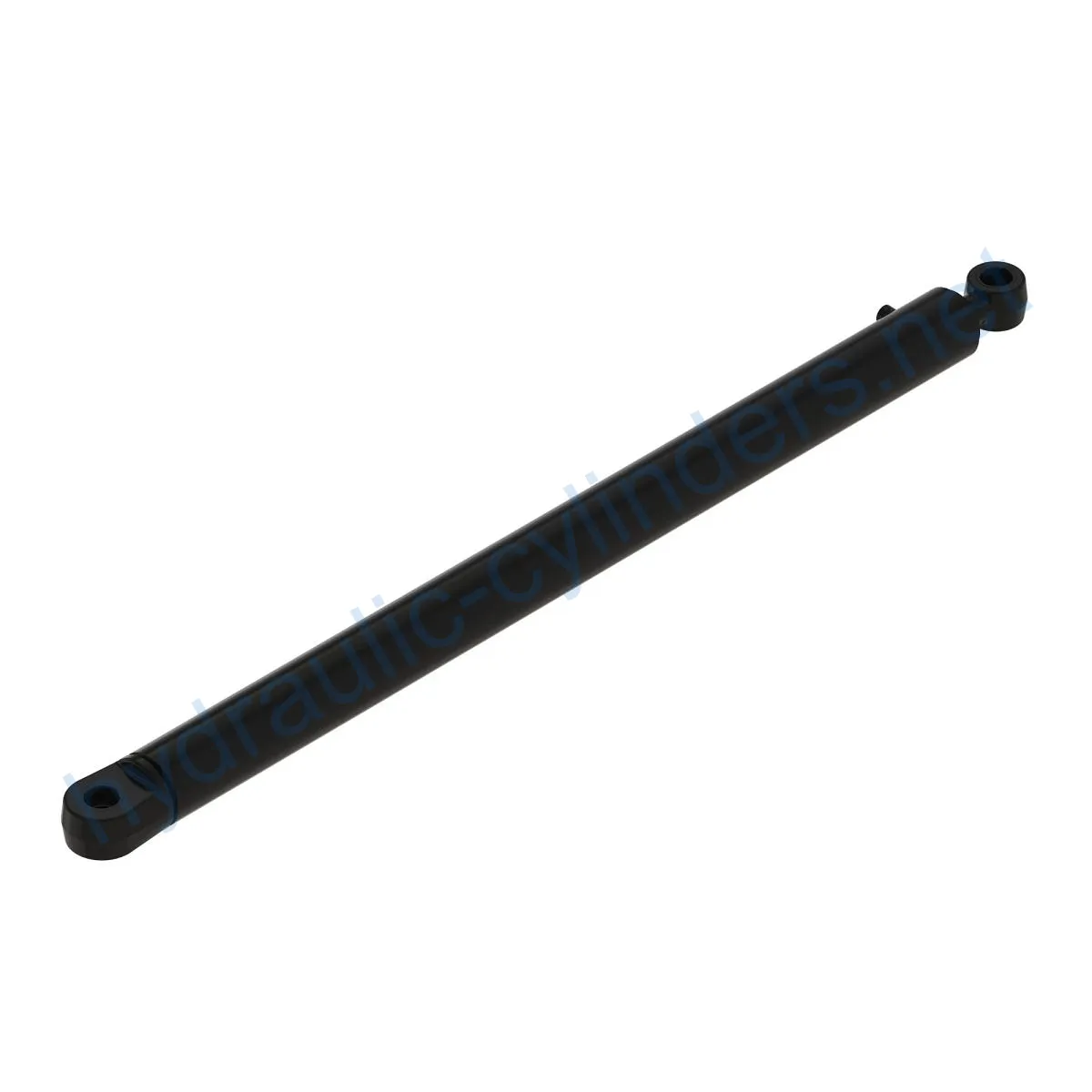Replacement Of AHC16789 Side Shift Hydraulic Cylinder
En tant que fabricant, fournisseur et exportateur de produits mécaniques, nous proposons des vérins hydrauliques et de nombreux autres produits.
N'hésitez pas à nous contacter pour plus de détails.
Courrier :sales@hydraulic-cylinders.net
Fabricant fournisseur exportateur de vérins hydrauliques.
Introduction
The Replacement Of AHC16789 Side Shift Hydraulic Cylinder is a high-quality hydraulic cylinder designed for various models including 620G, 622G, 670G, 672G, 770G, 772G, 870D, 870G, 872D, and 872G. This hydraulic cylinder plays a crucial role in the smooth functioning of the equipment, allowing for efficient movement and operation.
Specifications
- Weight: 125.66 lb
- Height: 4.5 in
- Width: 5.7 in
- Length: 68.8 in
Features
- Improved Equipment Performance: Replacing damaged or worn hydraulic cylinders restores the equipment’s normal operating capability, ensuring optimal performance in various applications.
- Enhanced Safety: Regularly replacing hydraulic cylinders reduces safety hazards caused by cylinder malfunctions, ensuring the safety of operators and equipment.
- Overload Protection: New cylinder designs often include better overload protection mechanisms, enhancing safety during operation.
- Quick Installation: Modern hydraulic cylinders are designed for easy installation and replacement, minimizing downtime.
- Standardized Components: Many hydraulic cylinders are standardized, making it easier to obtain replacement parts in the market.
Applications
The Replacement Of AHC16789 Side Shift Hydraulic Cylinder finds applications in various industries:
- Excavators: Hydraulic cylinders in excavators can get damaged due to prolonged use or overloading, requiring replacement to restore normal operation.
- Cranes: The boom hydraulic cylinders in cranes are prone to wear during frequent lifting and lowering processes, necessitating regular replacement for safety.
- Tractors: Front-end loader hydraulic cylinders in tractors may experience leaks or performance degradation during continuous lifting and tilting operations, requiring replacement.
- Harvesters: Hydraulic cylinders in harvesters endure high pressure during the harvesting process, and timely replacement is necessary to maintain work efficiency.
- Automated Production Lines: Hydraulic cylinders are used to control robotic arms and other automated equipment. Cylinder failure can impact production efficiency and should be replaced immediately.
- Die Casting Machines: In high-pressure and high-temperature environments, hydraulic cylinders may experience performance degradation. Regular replacement ensures product quality.
- Mining Equipment: Hydraulic cylinders are used for lifting and moving heavy loads in mining equipment. Due to harsh working conditions, regular inspections and replacements are necessary to avoid equipment failure.
- Bulldozers: Wear of hydraulic cylinders on bulldozer blades can lead to a decrease in pushing capacity, necessitating timely replacement to maintain operational efficiency.
Maintenance Tasks
Regular maintenance tasks for the Replacement Of AHC16789 Side Shift Hydraulic Cylinder include:
- Periodic Inspection: Regularly inspecting the cylinder for leaks, damage, or signs of wear ensures early detection of potential issues.
- Proper Lubrication: Adequate lubrication with the recommended hydraulic oil helps minimize friction and extend the lifespan of the cylinder.
- Seal Replacement and Calibration Check: Replacing worn seals and checking the calibration of the cylinder ensures optimal performance.
Safety Considerations and Environmental Factors
When using hydraulic cylinders, it is essential to follow safety measures to prevent accidents and protect the environment. Safety precautions include:
- Proper training for operators on cylinder usage and safety protocols.
- Regular inspection and maintenance to prevent leaks and other safety hazards.
- Environmentally friendly disposal of used hydraulic oil and other cylinder-related waste.
Troubleshooting and Common Issues
Common issues with hydraulic cylinders include:
- Leakage: If the cylinder is leaking hydraulic fluid, check for worn seals or damaged components.
- Slow or Inconsistent Movement: Insufficient lubrication or a faulty valve may cause slow or inconsistent movement. Check and address these issues accordingly.
- Irregular Cylinder Operation: Inconsistent cylinder movement can be caused by a misaligned or damaged piston rod. Inspection and adjustment are necessary.
Preventive Measures and Troubleshooting Tips
To effectively diagnose and resolve hydraulic cylinder issues, consider the following tips:
- Familiarize yourself with the cylinder’s operation manual and troubleshooting guide.
- Maintain a proper record of maintenance activities, including dates and details of inspections, repairs, and replacements.
- Regularly monitor cylinder performance to identify potential problems before they escalate.
- Clean and inspect the cylinder regularly to remove dirt and debris that can cause damage or affect performance.

Design Considerations and Selection Criteria
When selecting hydraulic cylinders, it is essential to consider various design factors:
- Load-Bearing Capacity: Choose cylinders that can handle the load requirements of the specific application.
- Sealing Performance: Opt for cylinders with high-quality seals to prevent leaks and ensure efficient operation.
- Durability: Consider cylinders constructed with durable materials to withstand harsh conditions and extended use.
- Safety Features: Look for cylinders with built-in safety features to protect against overloads and potential accidents.
- Maintainability: Select cylinders that are easy to maintain, with readily available replacement parts and service options.
Sealing and Lubrication
The Replacement Of AHC16789 Side Shift Hydraulic Cylinder incorporates various sealing and lubrication measures:
- Usage of high-quality seals, such as piston seals and rod seals, made from wear-resistant materials like polyurethane and nitrile rubber.
- Finely treated cylinder body and threaded end surfaces to enhance wear resistance.
- Regular lubrication with the appropriate amount of hydraulic oil to ensure smooth operation and prevent excessive friction.
Regular Inspection and Preventive Maintenance
To prolong the lifespan of the hydraulic cylinder, it is important to conduct regular inspections and preventive maintenance:
- Ensure proper installation, lubrication, and adjustment, providing accurate guidance for cylinder alignment during the installation process.
- Recommend the use of suitable mounting brackets to secure the cylinder in place.
- Advise on recommended inspection, repair, and replacement procedures.
- Offer replacement parts and rebuilding services to enhance the longevity of the hydraulic cylinder.
- Provide tips for extending the lifespan of the cylinder through proper usage and maintenance techniques.
Visitez notre usine de RV :
Visitez notre usine de RV avec les éléments suivants
Comment fonctionne le vérin hydraulique d'un chariot élévateur ?
Vérin hydraulique Application :



